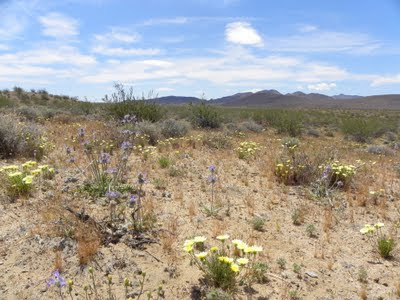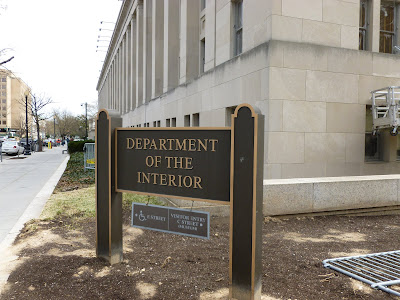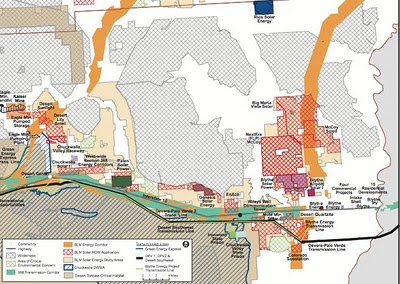Update on Utility-Scale Energy Projects in the Desert
Although distributed generation continues to chart a sustainable path to produce clean energy, many poorly-sited renewable energy projects threaten to continue the fragmentation and industrialization of our southwestern deserts. If all of the projects are built, they would rival the destructive impacts of climate change and urban sprawl on desert species. As long-time readers of this blog know, there have been plenty of bad projects approved on public lands in the desert, with some good news sprinkled here and there. The list below - not at all comprehensive - provides an update on the status of some of the most significant projects. Projects that are completed or under construction will be in Red ; projects approved but not yet under construction in Yellow ; and still pending environmental review and approval in Green . All told, the list below represents over 100 square miles of intact desert that has now been destroyed or industrialized, and over 150 squar...







